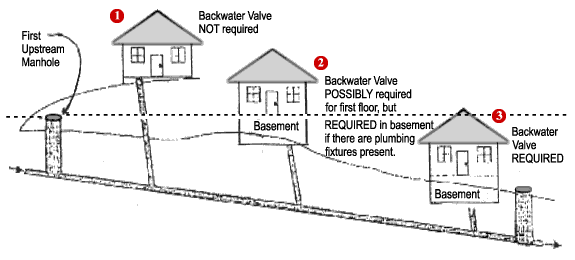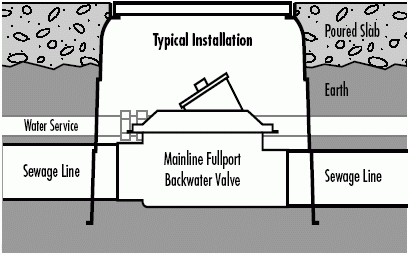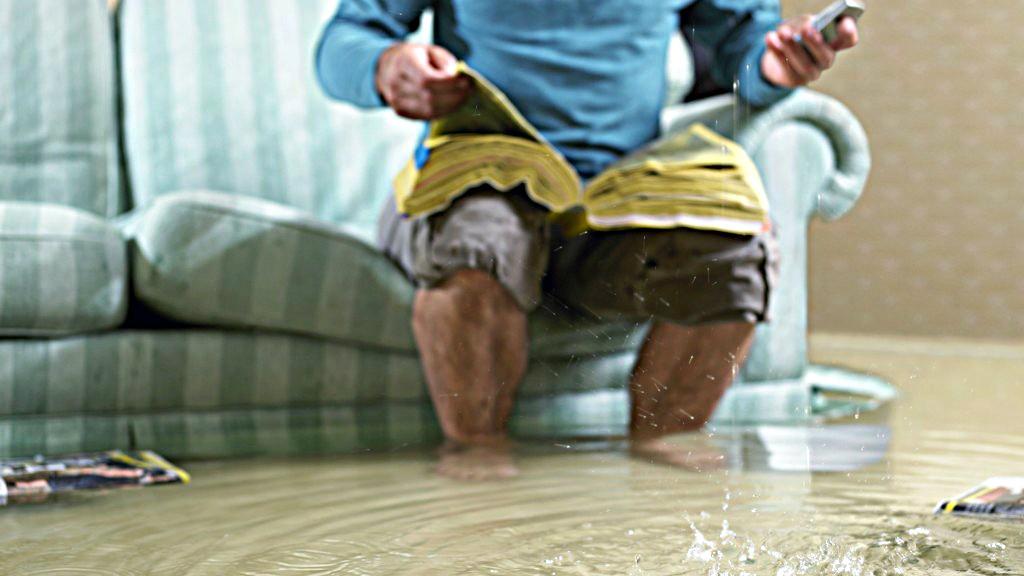Most people living in the GTA will remember the flood of July 2013, when thousands of houses experienced flooded basements and power outages. The record breaking rains affected more households than ever making this the most costly natural disaster Ontario has ever seen. The Insurance Bureau of Canada reported a whopping $850 million in property damage.
Those with flooded basements due to sewage backup were faced with both the financial and emotional burden of such an event. Sewer backup causes basement flooding when storm sewers get overloaded and can’t do their job in carrying water runoff. The heavy rain of the July 2013 storm came down so fast that it overloaded Toronto storm sewers. Any house that did not have a basement flooding protection system was at risk of flooding. In some cases, home insurance policy holders were able to cash in and get some level of reimbursement for the damage caused by the flooding, but many policy holders were not covered specifically for basement flooding caused by sewage backup, so be sure to review your coverage under your home insurance plan.

Photo courtesy of Backwater-valves.com
Preventing sewage backup is an important consideration if you live in an area that has experienced sewage backup in the past. Your house may also be at greater risk if the lowest drain is less than 24” above the nearest manhole. While the city of Toronto is working hard to improve its underground sewer infrastructure, individual homeowners are encouraged to employ efforts to reduce their homes risk of basement flooding due to sewage backup; especially in the face of increasingly frequent and severe weather.

Photo courtesy of Backwater-valves.com
Installing a backwater valve into your homes water drainage system is the best way to protect against sewage backup. The backwater valve works through gravity, staying open while household water is drained and closes when water from the sewer begins flowing in the wrong direction. When sewage water flows backward, it pushes the valve shut, preventing the sewage water from entering your home. Due to its design, backwater valves can be forced shut or jammed with debris which is why quarterly inspection and maintenance is critical to ensure your backwater valve operates as intended.

Photo courtesy of Homeperformance.com
Fortunately, the city of Toronto offers a subsidy to homeowners wishing to install a backwater valve under the Basement Flooding Protection Subsidy Program. Work performed by a licensed plumber is eligible to receive up to 80% of the invoiced cost up to maximum of $1250 including labour, materials, permit and taxes. Trust the professionals at The City Wide Group to help you claim your subsidy.

Photo courtesy of Adventistbanat.ro
If your house does not have a backwater valve, or your current one needs replacing, you’ll be pleased to hear that the device and installation are relatively inexpensive. But most importantly, a backwater valve will keep your basement clean and less likely to experience expensive flooding from sewage backup. Furthermore, since a new backwater valve offers your house added protection against basement flooding, be sure to let your home insurance provider know, since this should likely reduce your premiums.










